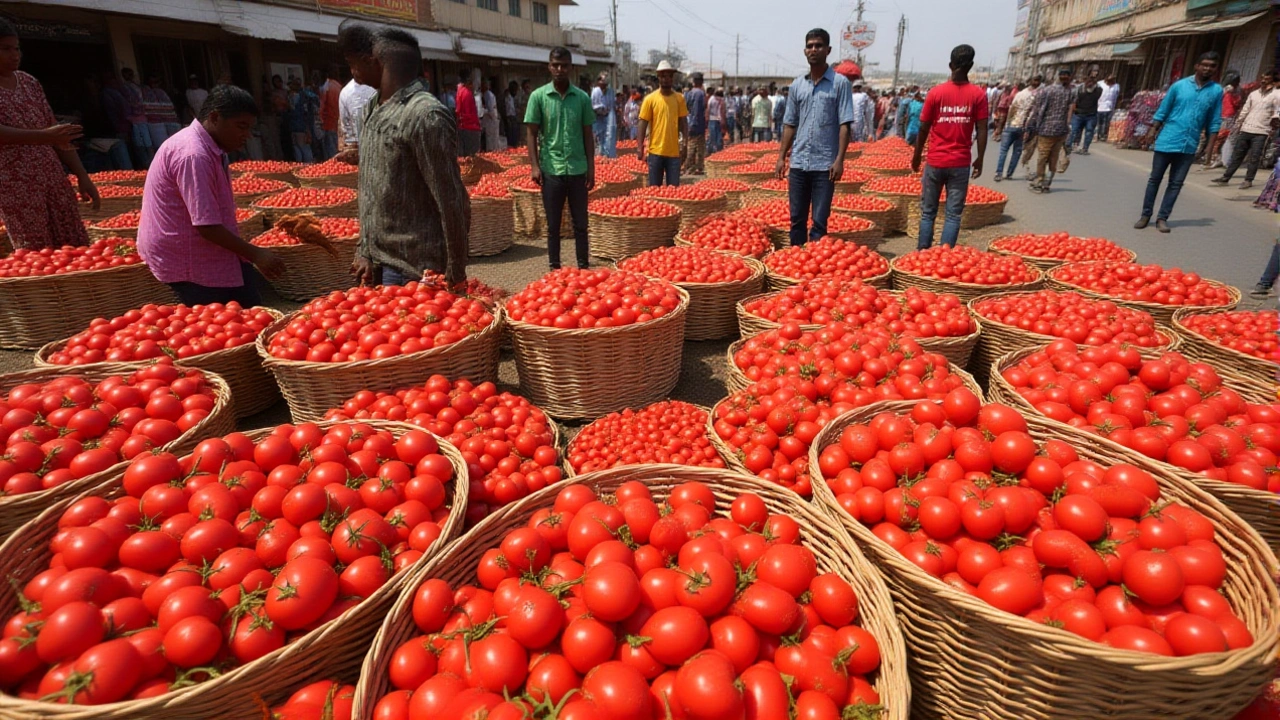Food Inflation: Why Prices Keep Rising and What It Means for African Households
When you walk into a market and find that a kilo of maize meal costs 30% more than last year, you’re feeling food inflation, the sustained rise in the cost of food items across a region, often driven by supply shortages, rising production costs, or currency instability. This isn’t just a number on a chart—it’s what you pay for bread, beans, cooking oil, and vegetables every week. In Africa, where families spend up to half their income on food, even small price jumps can force tough choices: skip a meal, cut back on protein, or pull kids out of school.
Food inflation doesn’t happen in a vacuum. It’s tied to supply chain, the network of producers, transporters, distributors, and retailers that get food from farm to table. When fuel prices spike, as they did after global disruptions in 2022 and 2023, the cost of moving maize from Kenya to South Africa goes up. When drought hits Zambia or floods drown crops in Nigeria, harvests shrink and prices climb. Then there’s inflation rate, the overall increase in prices across the economy, which makes everything from fertilizer to packaging more expensive. Central banks try to control it with interest rates, but when food is the main driver, raising rates hurts small businesses and borrowers without fixing the root problem: broken logistics, poor storage, and over-reliance on imports.
It’s not just about scarcity—it’s about systems. In South Africa, loadshedding cuts power to cold storage units, spoiling tons of fresh produce. In Kenya, farmers struggle to get transformers installed fast enough to run irrigation pumps. In Tanzania, the TAZARA railway revival could one day help move grain more efficiently, but right now, many rural communities still rely on aging trucks that break down on bad roads. These aren’t abstract economic issues—they’re daily realities for the woman who walks five kilometers to buy flour, the street vendor who can’t afford to buy more tomatoes, or the parent who watches their child’s school lunch disappear from the menu.
What you’ll find in this collection are real stories from across the continent: how farmers are adapting, how governments are responding (or not), and how households are changing their shopping habits just to stay fed. You’ll see how energy policies, trade deals, and even global weather patterns are quietly reshaping your grocery bill. No fluff. No jargon. Just what’s happening, where it’s happening, and what it means for you.
Tomato prices in Nigeria dropped 22% in June 2019 as high rice tariffs disrupted supply chains, hurting farmers and vendors despite lower consumer costs. The National Bureau of Statistics confirmed the trend amid broader food market instability.
Recent-posts
Nov, 10 2025
May, 27 2024






